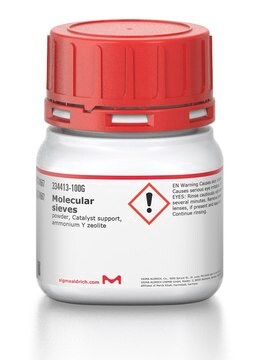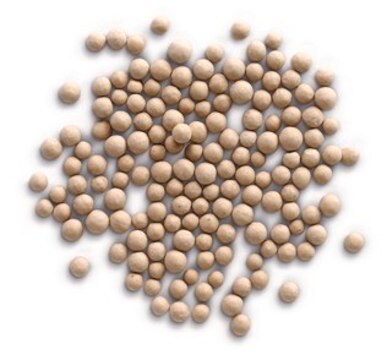348848
Titanium
foil, thickness 0.025 mm, 99.98% trace metals basis
About This Item
Produits recommandés
Pureté
99.98% trace metals basis
Forme
foil
Température d'inflammation spontanée
860 °F
Résistivité
42.0 μΩ-cm, 20°C
Épaisseur
0.025 mm
Point d'ébullition
3287 °C (lit.)
Pf
1660 °C (lit.)
Densité
4.5 g/mL at 25 °C (lit.)
Application(s)
battery manufacturing
Chaîne SMILES
[Ti]
InChI
1S/Ti
Clé InChI
RTAQQCXQSZGOHL-UHFFFAOYSA-N
Catégories apparentées
Description générale
Application
- Medical Devices: Due to its biocompatibility, it is widely used in medical applications, such as in joint replacement implants, dental implants, and surgical instruments (Britannica).
- Corrosion Resistance: Its resistance to corrosion by both water and chemical media leads to its use in chemical processing industries for equipment like heat exchangers and reactors (Royal Society of Chemistry).
Quantité
Code de la classe de stockage
11 - Combustible Solids
Classe de danger pour l'eau (WGK)
nwg
Point d'éclair (°F)
Not applicable
Point d'éclair (°C)
Not applicable
Équipement de protection individuelle
Eyeshields, Gloves, type N95 (US)
Certificats d'analyse (COA)
Recherchez un Certificats d'analyse (COA) en saisissant le numéro de lot du produit. Les numéros de lot figurent sur l'étiquette du produit après les mots "Lot" ou "Batch".
Déjà en possession de ce produit ?
Retrouvez la documentation relative aux produits que vous avez récemment achetés dans la Bibliothèque de documents.
Articles
Biomedical implants are essentially foreign substances within the human body that must survive many years’ exposure to demanding mechanical and physiological conditions. Despite these challenges, metal implants have been widely used to substitute for or rebuild hard tissues such as bones and teeth.
Notre équipe de scientifiques dispose d'une expérience dans tous les secteurs de la recherche, notamment en sciences de la vie, science des matériaux, synthèse chimique, chromatographie, analyse et dans de nombreux autres domaines..
Contacter notre Service technique


